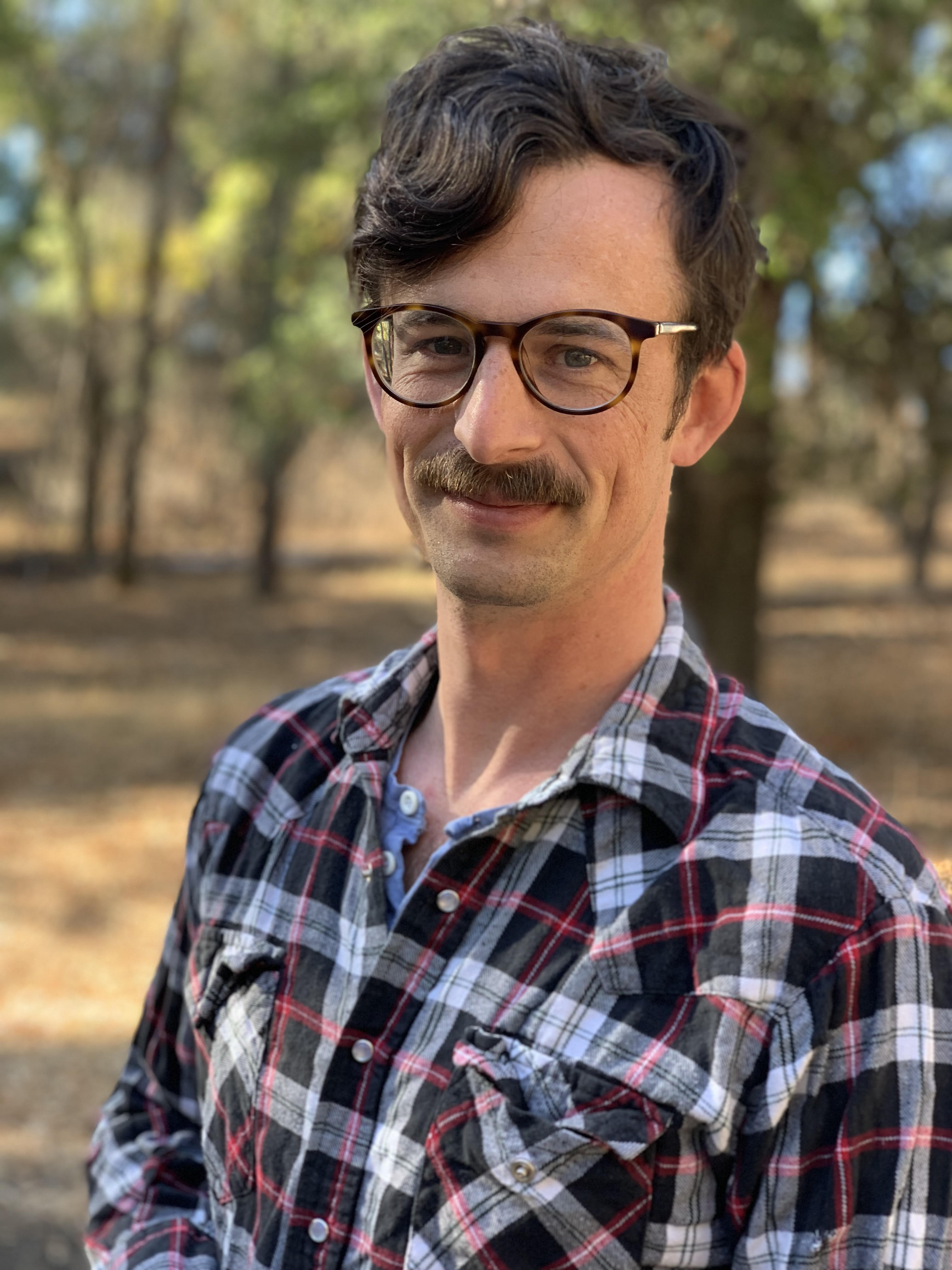Research
My research interests fall into several categories projects.
Geometrical Foundations of Classical Field Theories
Much of my research in philosophy of physics, over the past decade+, has revolved around how to best understand the role and interpretation of geometry in general relativity, Newtonian gravitation, and classical Yang-Mills theory. This work has touched on many topics, classical and modern, such as the hole argument and space-time substantivalism; the relationship between general relativity and Yang-Mills theory; the status of “geometrical” and “dynamical” approaches to space-time physics; the status of gravitational energy in geometrical theories, and the meaning of gauge symmetry and representational redundancy, among other topics.
One theme running through this work is a proposal I have called the “puzzleball conjecture“, which is the idea that the foundations of a physical theory are best viewed as a network o f mutually dependent, inter-derivable principles, which support and constrain one another like the pieces of a spherical puzzle. This proposal was motivated, in part, by an analysis of the sense in which one might say that inertial motion is “explained” in classical spacetime theories, such as general relativity and geometrized Newtonian gravitation. The starting point of the analysis is that in both of these theories, there is a sense in which one can prove the geodesic principle — the principle governing inertial motion in the theories — as a theorem. But these theorems have assumptions, and it is hard to see why those assumptions should be taken to be somehow more fundamental than the geodesic principle itself — particularly because many of these assumptions are in turn provable as theorems, starting from different assumptions. Given this situation, it seems arbitrary and unhelpful to insist that some particular collection of principles of these theories encompass the truly fundamental ones, whereas others are derived. Instead, it seems that the more fruitful project is to recognize the complexity of these interconnections and to try to explore them. Since then, I have explored how geodesic motion is connected to conservation principles and dynamical laws; how facts about particle motion might be re-expressed in terms of field equations; and how these ideas are related to claims about the “strong equivalence principle” and other such proposals for fundamental principles of general relativity.
f mutually dependent, inter-derivable principles, which support and constrain one another like the pieces of a spherical puzzle. This proposal was motivated, in part, by an analysis of the sense in which one might say that inertial motion is “explained” in classical spacetime theories, such as general relativity and geometrized Newtonian gravitation. The starting point of the analysis is that in both of these theories, there is a sense in which one can prove the geodesic principle — the principle governing inertial motion in the theories — as a theorem. But these theorems have assumptions, and it is hard to see why those assumptions should be taken to be somehow more fundamental than the geodesic principle itself — particularly because many of these assumptions are in turn provable as theorems, starting from different assumptions. Given this situation, it seems arbitrary and unhelpful to insist that some particular collection of principles of these theories encompass the truly fundamental ones, whereas others are derived. Instead, it seems that the more fruitful project is to recognize the complexity of these interconnections and to try to explore them. Since then, I have explored how geodesic motion is connected to conservation principles and dynamical laws; how facts about particle motion might be re-expressed in terms of field equations; and how these ideas are related to claims about the “strong equivalence principle” and other such proposals for fundamental principles of general relativity.
My current work in this direction concerns a cluster of issues related to the properties of hyperbolic partial differential equations; precise statements of and theorems concerning principles such as “minimal coupling” and the “Strong Equivalence Principle”; and the initial value problem for the Einstein and Yang-Mills equations.
The Social Dynamics of False Belief
Another research program concerns issues in formal social epistemology, which I pursue mostly in collaboration with Cailin O’Connor. This work concerns how and why false beliefs persist and spread, even in evidence-rich environments, particularly online, and what significance that has for contemporary democracy. Much of this work is discussed in our book The Misinformation Age: How False Beliefs Spread. Among the topics we have explored are: how does trust influence the spread of information in a social network; how can epistemic “factions” form, even in cases where correlated beliefs have no ideological or conceptual relationship; how to standard methods of news curation distort public belief; and how do would-be propagandists influence public belief about science. Cailin and I currently administer an NSF grant on these topics, called “Consenus, Democracy, and the Public Understanding

